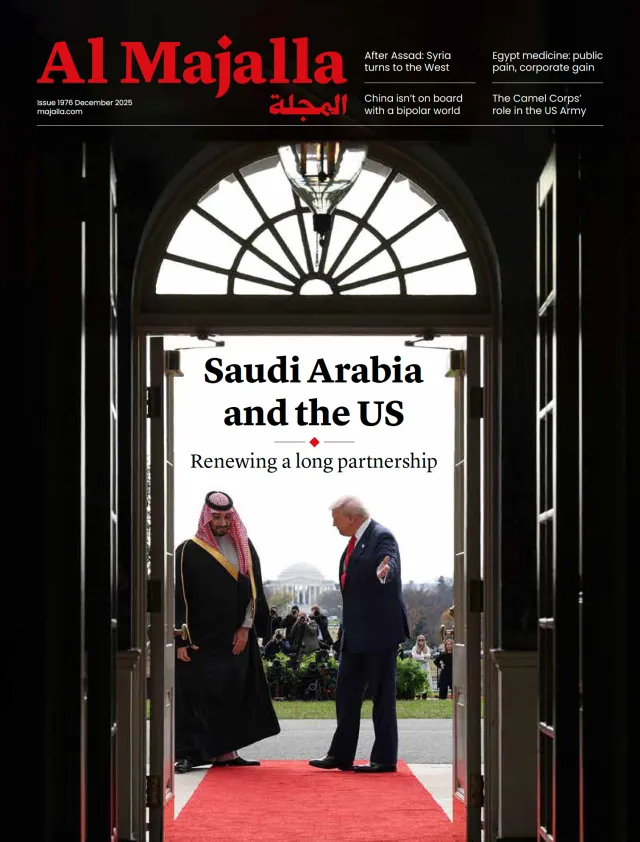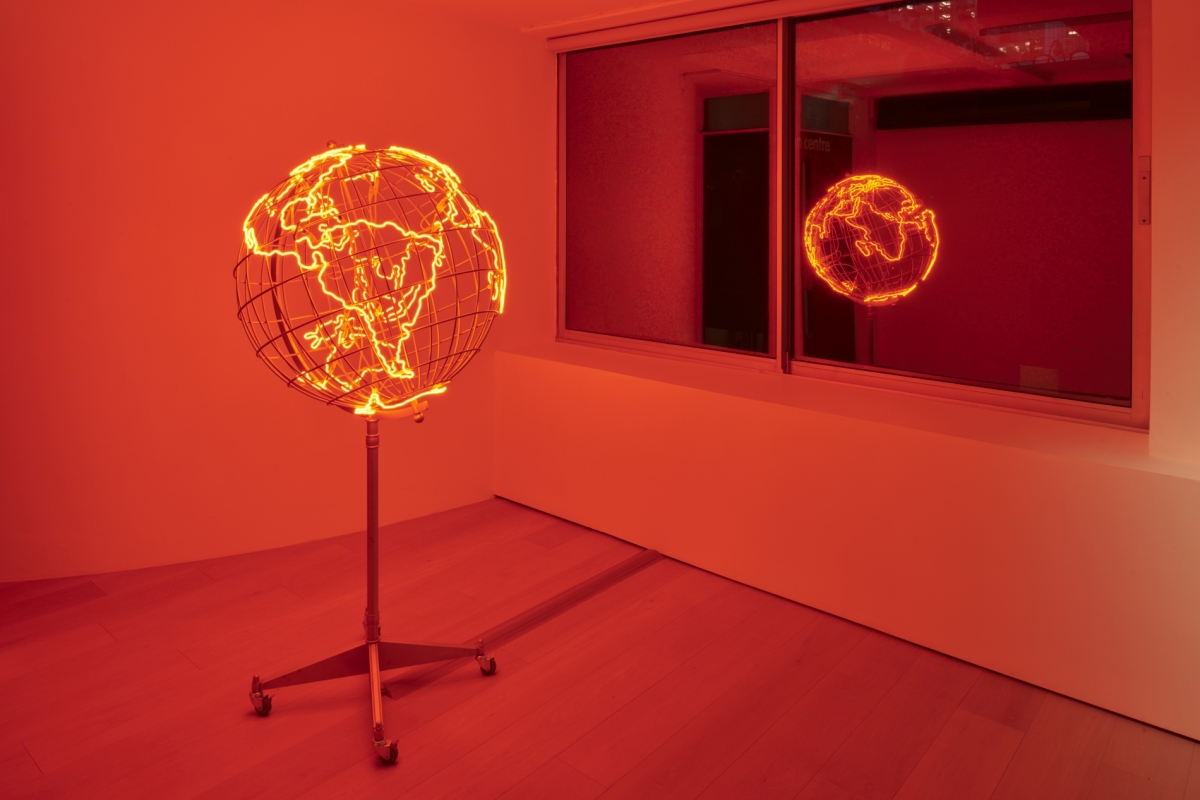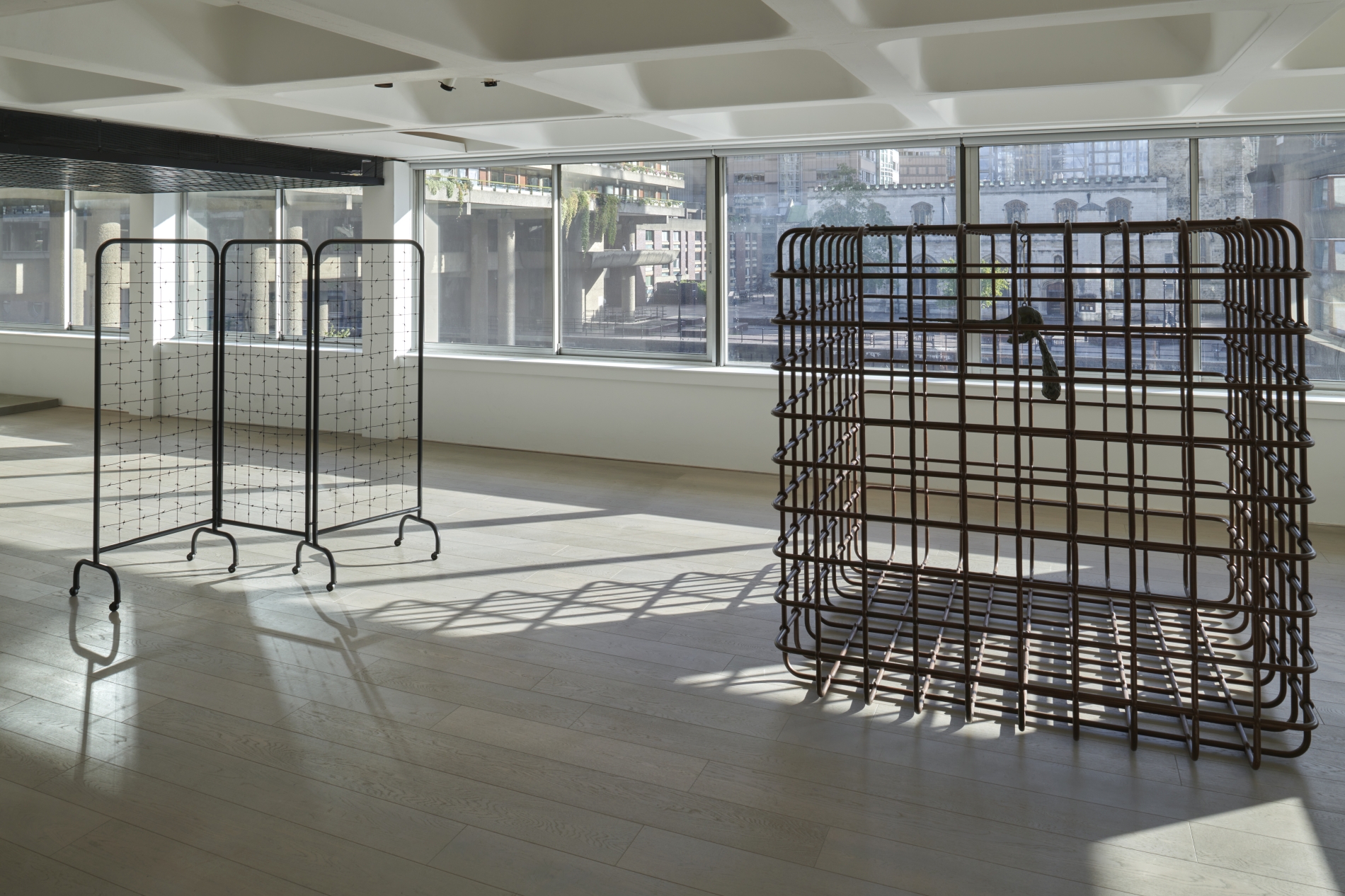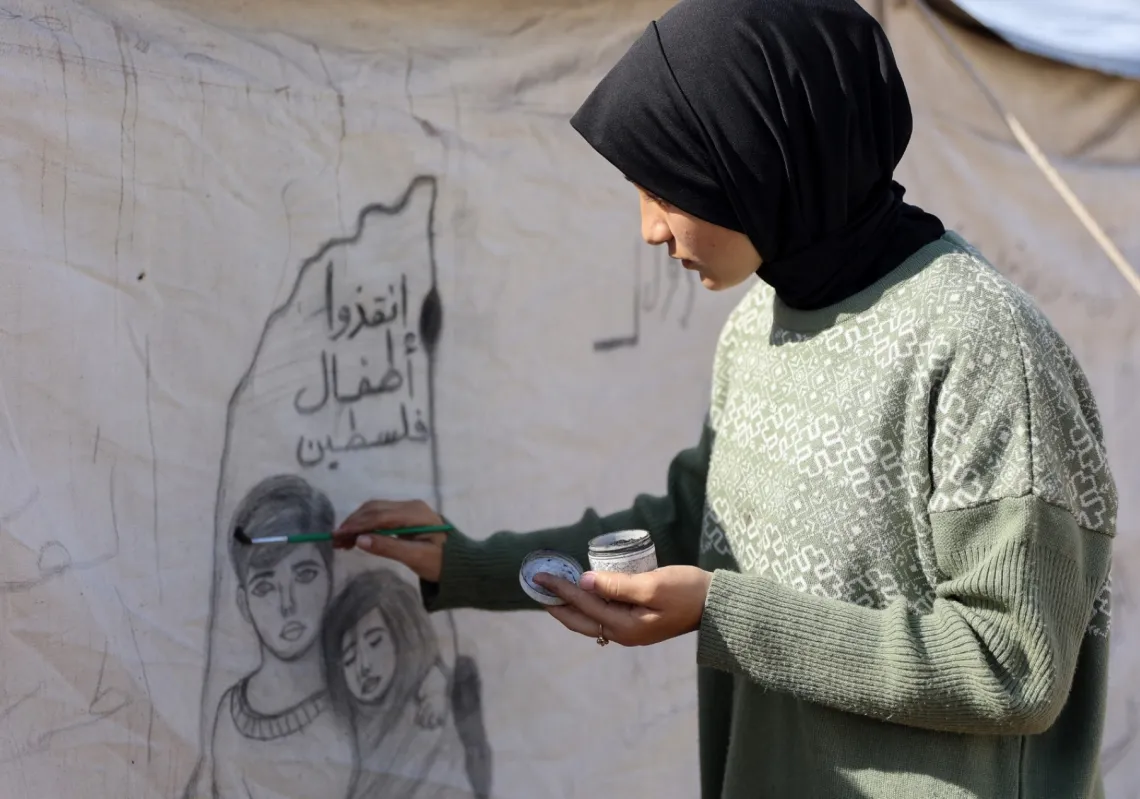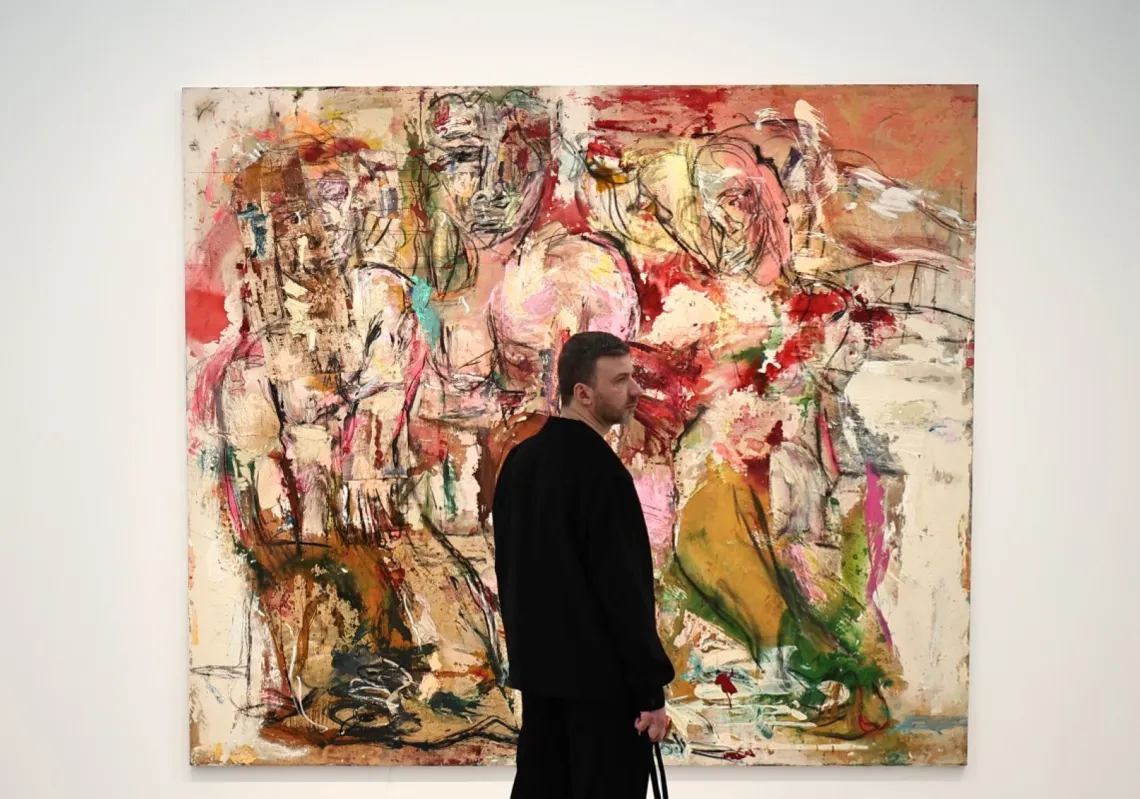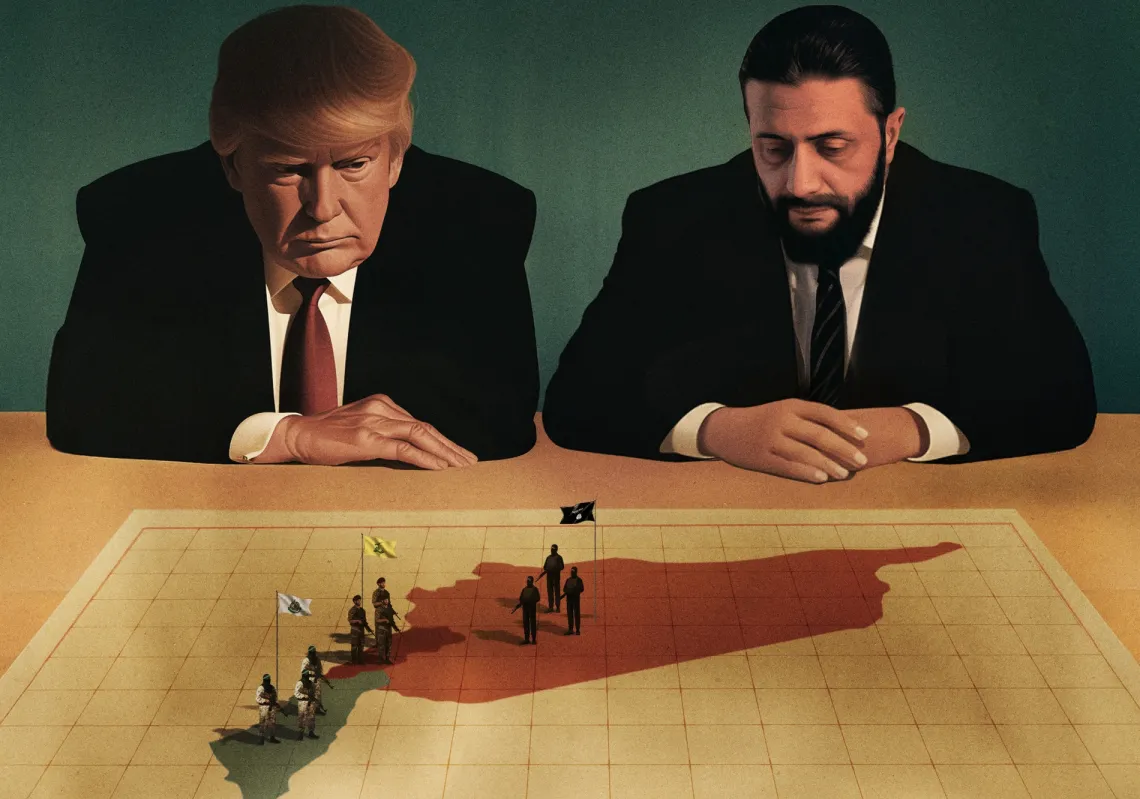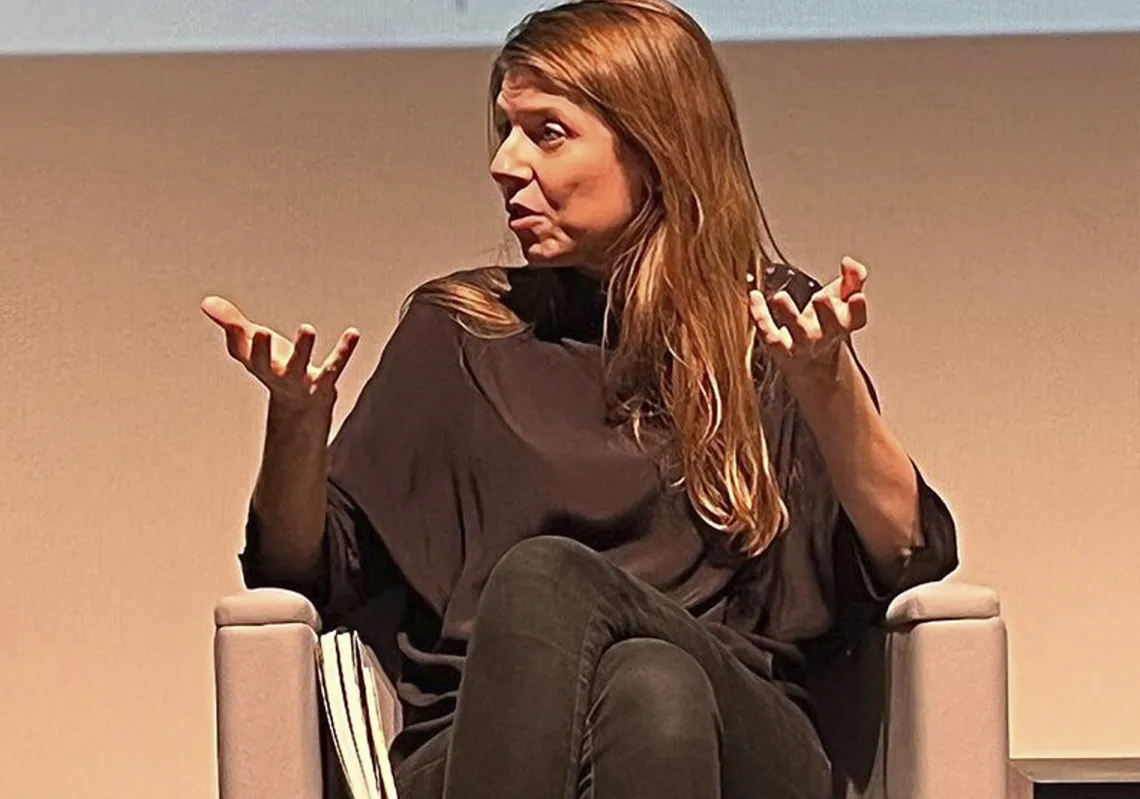A curatorial series currently on display at London’s Barbican Centre features a metaphysical dialogue with the late Swiss sculptor Alberto Giacometti, who passed away in 1966. In this conceptual duet, titled Encounters, Giacometti serves as the fixed interlocutor, while the second voice varies with each iteration. The series, which opened with Pakistani-American artist Huma Bhabha, now features Palestinian-British artist Mona Hatoum.
Giacometti’s sculptures are on display in both, underscoring the series’ true intention. This is not a retrospective homage to Giacometti, nor an attempt to reassert his place as one of the 20th century’s preeminent sculptors. Rather, it explores how contemporary female artists grapple with the existential questions Giacometti once posed, questions that have only grown more urgent over time.
Reclaiming bedframes
Meditations on isolation, rejection, erasure, solitude, and the deprivation of identity, Giacometti conveyed the notion of the lost individual through a visual language never before attempted in sculpture. His spectral, elongated figures suggest a human presence stripped to its essence—ghostly yet resonant. It is this narrative thread that curators have drawn upon to introduce contemporary voices.
Born in Beirut in 1952, Mona Hatoum found herself stranded in London in 1975 following the outbreak of civil war in Lebanon. That moment defined her trajectory, one still entwined with Giacometti. Unlike the Pakistani-American artist Huma Bhabha, Hatoum is not a sculptor in the traditional sense. She is a contemporary artist who more closely aligns with Marcel Duchamp—the true progenitor of contemporary art—by drawing on the symbolic charge of objects. For Hatoum, art begins as an idea, and its value lies in its conceptual spark.
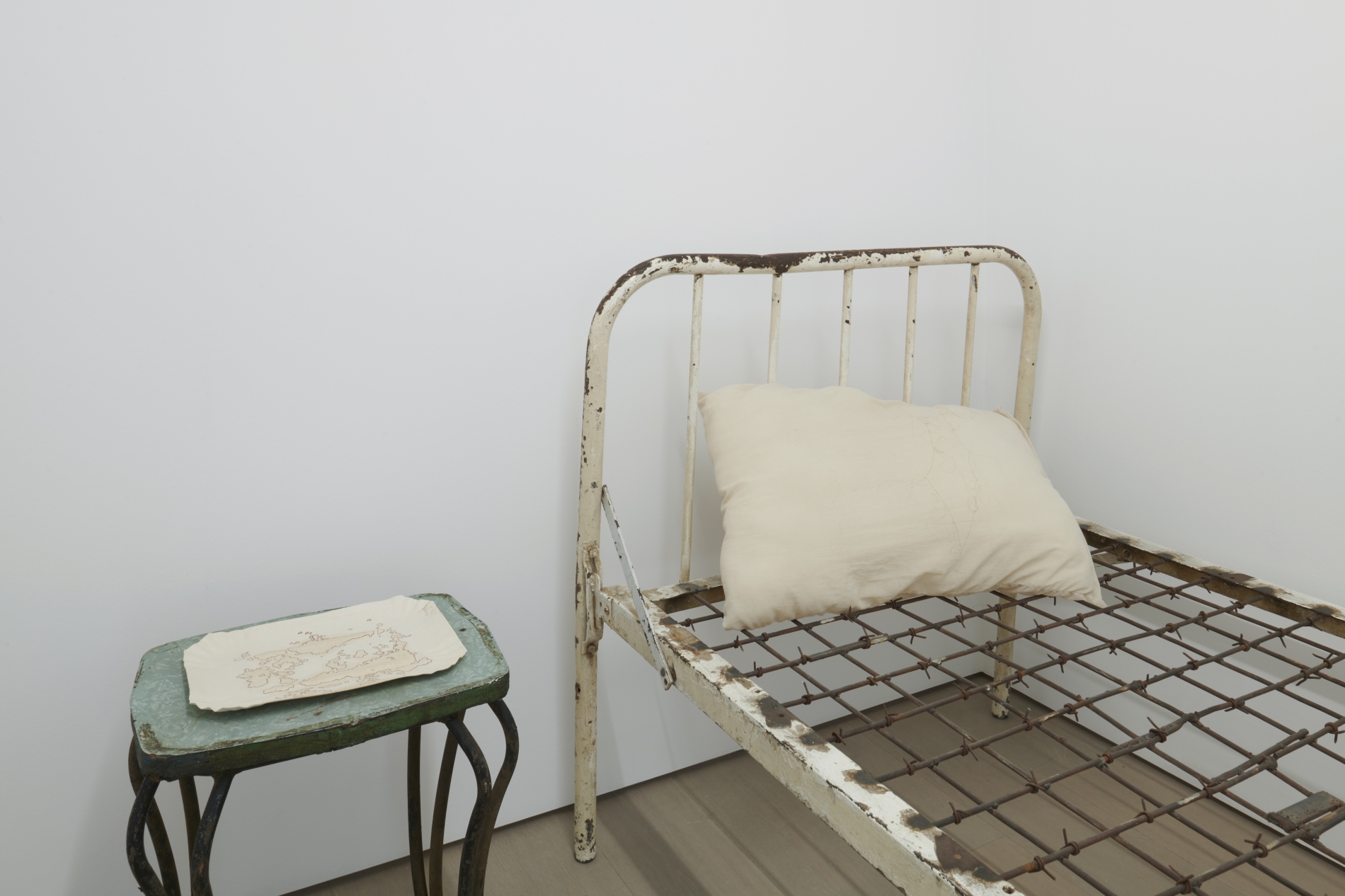
No fixed notion of modernity dictates her method. She reclaims bedframes, cages, chairs, and tables, transforming them into works of art. Among her contemporaries, she is perhaps spiritually closest to Joseph Beuys, whose grey felt suit remains enshrined as a museum relic. There is no incongruity in treating used materials as art, and because Hatoum anchors her work in reality, she does not hesitate to subvert it in the service of her narrative.
Palestine’s presence
What does it mean to be a contemporary Palestinian artist? “It means to carry a human cause, one riddled with politics,” Hatoum says, in a disarmingly clear response. Such a position does not always sit comfortably with the global museum circuit, but Hatoum has grown adept at navigating the institutional terrain of contemporary art, knowing when, where, and how to smuggle her national lexicon into the curatorial frame.

